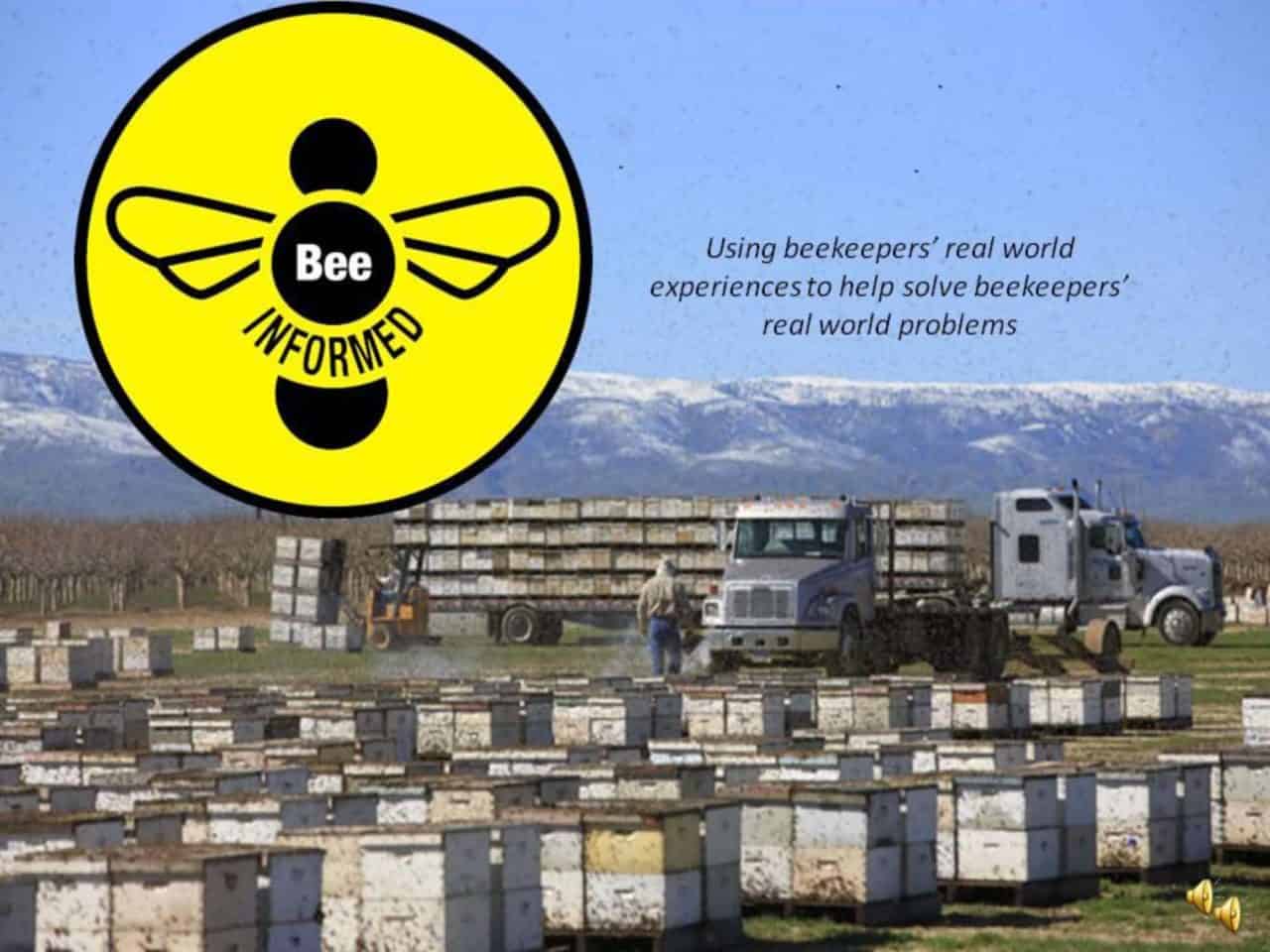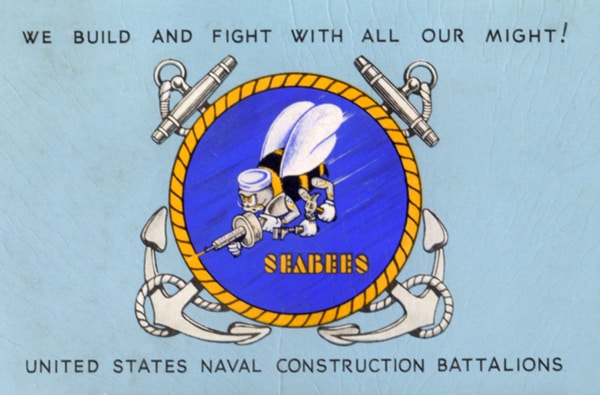On December 7th, the undergraduates conducting research in the vanEngelsdorp lab at the University of Maryland gave their final project presentations. The samples our undergrad team analyzed came from a study performed by Jeff Pettis of the USDA Bee Research Lab. The study was based on 6 different apiaries in North Dakota looking to see how differences in surrounding land types would affect the overall health of colonies. Three yards were in heavily agricultural areas, while the other three were surrounded by diverse plant species. One interesting outcome of this study documented that the amount of pollen collected from the more diverse apiary environments was…
Year: 2012
A Protocol for Processing North Dakota Pollen Samples by Andrew Garavito
One of our undergraduate students, Andrew Garavito, spent some time up close and personel with pollen. I invite you to read his blog about his experience... The first time I opened a beehive was during the summer of 2011. Since that day, I took any opportunity I could to help with the honey bees at the Central Maryland Research and Education Center (CMREC) Beltsville facility. I conducted hive maintenance and assisted with a few in-hive studies. After two summers of field work with the hives at the University of Maryland’s CMREC, I moved towards the lab side of things when I started working in the…
Queen Pheromones
A queen secretes her own combination of chemical scents, like a perfume. The queen's scent gives the worker bees cues about the hive and the condition of the queen. The scent helps control swarming, it inhibits the development of ovaries in the worker bees, it tells the workers if a queen is mated or not, and it gives workers the cue to gather around the queen and form a retinue to take care of her. The stronger the queen's chemical cue, the larger then retinue should be. A smelly queen could indicate a healthier queens, and therefore a healthier hive. We got an opportunity to…
Nectar, Pollen and Pollen Substitute: Keys to a healthy colonly
In this blog I will talk about nectar, pollen and my theories on how honey bees utilize pollen/substitute patties and dry pollen substitute. So why do honey bees collect pollen? It would be hard to ask this question without asking why they collect nectar. Honey bees collect nectar from the nectaries of plants, which are glands that produce nectar. A honey bee uses her proboscis (mouthparts) to lap up nectar from flowers. There are some flowers in which the bee’s proboscis is not long enough to extract nectar, one example is the honey suckle flower. With this flower, bumblebees will chew a hole in the…
National Survey for Honey Bee Pests and Diseases in California
This Fall I had the opportunity to conduct the National Survey for Honey Bee Pests and Diseases with Katie Lee in Southern California. The main goal of this survey is to confirm the absence, or presence, of pests and diseases that are exotic, or not introduced at present, to honey bees in the United States. Exotic threats that are of the greatest concern to beekeeping in the U.S. are Apis cerana, Slow Paralysis Virus and the parasitic mites of the Genus Tropilaelaps which includes four known species, Tropilaelaps clareae, T. koenigerum, T. thaii and T. mercedesae. For more information on Tropilaelaps spp. and their life-cycle refer to Jennie Stitzinger's…
Toyon
I am continuously impressed with the seemingly endless wealth of knowledge beekeepers accumulate over the years. Whether that knowledge is passed down from generation to generation, a product of their own curiosity, or a combination of both; a successful beekeeper, more often than not, possesses a fundamental knowledge of the topography of the land on which they keep their bees. Topography and climate generally go hand in hand and studying the distinctive characteristics of both can help to determine the most ideal places to locate your bee yards. The location of bee yards strongly influences management strategies, techniques, and decisions. For this reason beekeepers are…
Purple Brood
Liz and I spent a week in Southern California taking samples for the National Honey Bee Disease Survey. We came across purple brood – something I had never seen before. The larvae had a bright purple hue to them along their gut line. It was quite pretty. After some research, it seems that the most likely cause for purple brood is nectar from the plant Cyrilla racemiflora (common names are southern leatherwood or summer titi). It is poisonous to the brood, so beekeepers either have to move their colonies away or take the loss. Only one colony of the eight we sampled had it, so…
BIP at SESYNC
"Dr. Dennis vanEnglesdorp of the University of Maryland describes the newly-created Bee Informed Partnership. Utilizing beekeepers real world experiences to help solve beekeepers real world problems."
Urban Beekeeping in Washington
Hunt. (2012). The Rise of Urban Beekeeping in Washington. The Washingtonian. November 2012. "Colony Collapse Disorder is a real concern—but some backyard beekeepers are trying to combat it." Hunt. (2012). The Rise of Urban Beekeeping in Washington. The Washingtonian. November 2012.
Hurricane Sandy and the Seabees
Last weekend the east coast was hammered by Hurricane Sandy. Thankfully, all of us at the University of Maryland lab made it through unscathed, but some areas of the East Coast weren't so lucky. My heart goes out to everyone who experienced flooding and devastation. I kept my parents company during the hurricane at their home on the eastern shore of Maryland. The rain started to get heavy Sunday afternoon and by Monday morning the winds were blowing hard. I didn't want to brave the roads in those conditions so there was no chance of me escaping my parents by that point (just kidding!). Somehow the conversation turned to…



